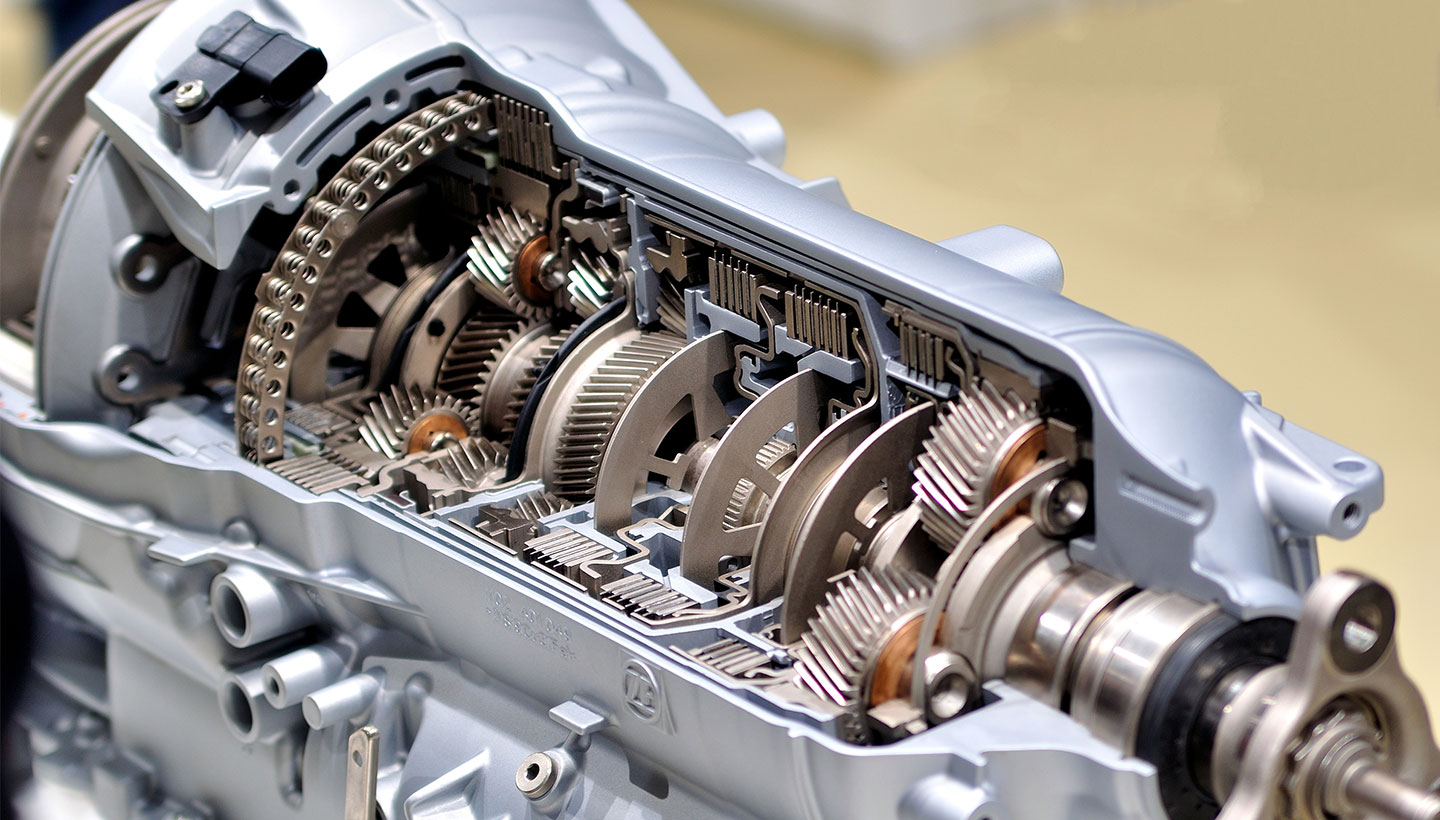Mobile:+86-311-808-126-83
Email:info@ydcastings.com
Efficient Dust Collector Impeller Design for Enhanced Air Filtration Performance
The Importance of Dust Collector Impellers in Industrial Applications
Dust collection systems are crucial in maintaining a safe and healthy work environment across various industries, from woodworking to pharmaceuticals. One of the key components of these systems is the dust collector impeller. Understanding the role and significance of these impellers can help businesses optimize their dust collection processes and reduce operational costs.
What is a Dust Collector Impeller?
A dust collector impeller is a rotating device designed to generate airflow within a dust collection system. Typically made of materials like steel or aluminum, impellers are engineered to create suction by spinning at high speeds. This suction draws airborne particles into the dust collection system, where they are filtered and contained. The design of the impeller is crucial, as it directly impacts the efficiency of the dust collector.
The Role of the Impeller in Dust Collection
The primary function of a dust collector impeller is to enhance the system's ability to remove dust and other airborne contaminants from the air. By generating a strong airflow, the impeller helps to transport dust particles to the filter or hopper, where they can be safely collected and disposed of. The efficiency of this process is largely dependent on the impeller’s design, including factors like blade shape, size, and rotation speed.
Factors Affecting Impeller Performance
1. Blade Design The shape and angle of the impeller blades significantly affect airflow and dust collection efficiency. Blades designed for specific applications will enhance performance by improving the velocity of the air and the ability to lift heavier particles.
2. Size The diameter and length of the impeller influence the volume of air that can be moved. A larger impeller can typically move more air, making it suitable for high-demand applications.
3. Speed The rotational speed of the impeller also plays a vital role. Higher speeds can increase airflow but may also lead to increased wear and tear on the equipment. Striking the right balance is essential.
dust collector impeller

4. Material The construction material of the impeller must withstand the operational environment, including temperature and the nature of the dust or particles being collected. Robust materials help in prolonging the lifespan of the impeller and, consequently, the dust collection system.
Benefits of an Efficient Dust Collector Impeller
Investing in a high-quality dust collector impeller yields numerous advantages
- Improved Air Quality Efficiently removing airborne dust and particulates significantly contributes to better indoor air quality, thereby enhancing employee health and productivity.
- Operational Efficiency A well-designed impeller maximizes airflow and dust collection efficiency, leading to less downtime and fewer maintenance issues.
- Cost Savings By optimizing the dust collection system performance, businesses can reduce energy consumption and operational costs. Furthermore, they also minimize the risk of equipment damage caused by excessive dust buildup.
- Compliance Many industries are subject to strict regulations regarding air quality and dust emissions. Employing an effective dust collector with a high-performance impeller can help ensure compliance with these regulations.
Conclusion
In conclusion, dust collector impellers play a pivotal role in the effectiveness and efficiency of dust collection systems. Their design, material, and operation significantly influence both air quality and operational costs. Industries must pay careful attention to selecting and maintaining impellers to achieve optimal performance in their dust collection processes. By doing so, they not only protect their workers and the environment but also enhance their overall operational efficiency.
-
Why Should You Invest in Superior Pump Castings for Your Equipment?NewsJun.09,2025
-
Unlock Performance Potential with Stainless Impellers and Aluminum End CapsNewsJun.09,2025
-
Revolutionize Your Machinery with Superior Cast Iron and Aluminum ComponentsNewsJun.09,2025
-
Revolutionize Fluid Dynamics with Premium Pump ComponentsNewsJun.09,2025
-
Optimizing Industrial Systems with Essential Valve ComponentsNewsJun.09,2025
-
Elevate Grid Efficiency with High-Precision Power CastingsNewsJun.09,2025











